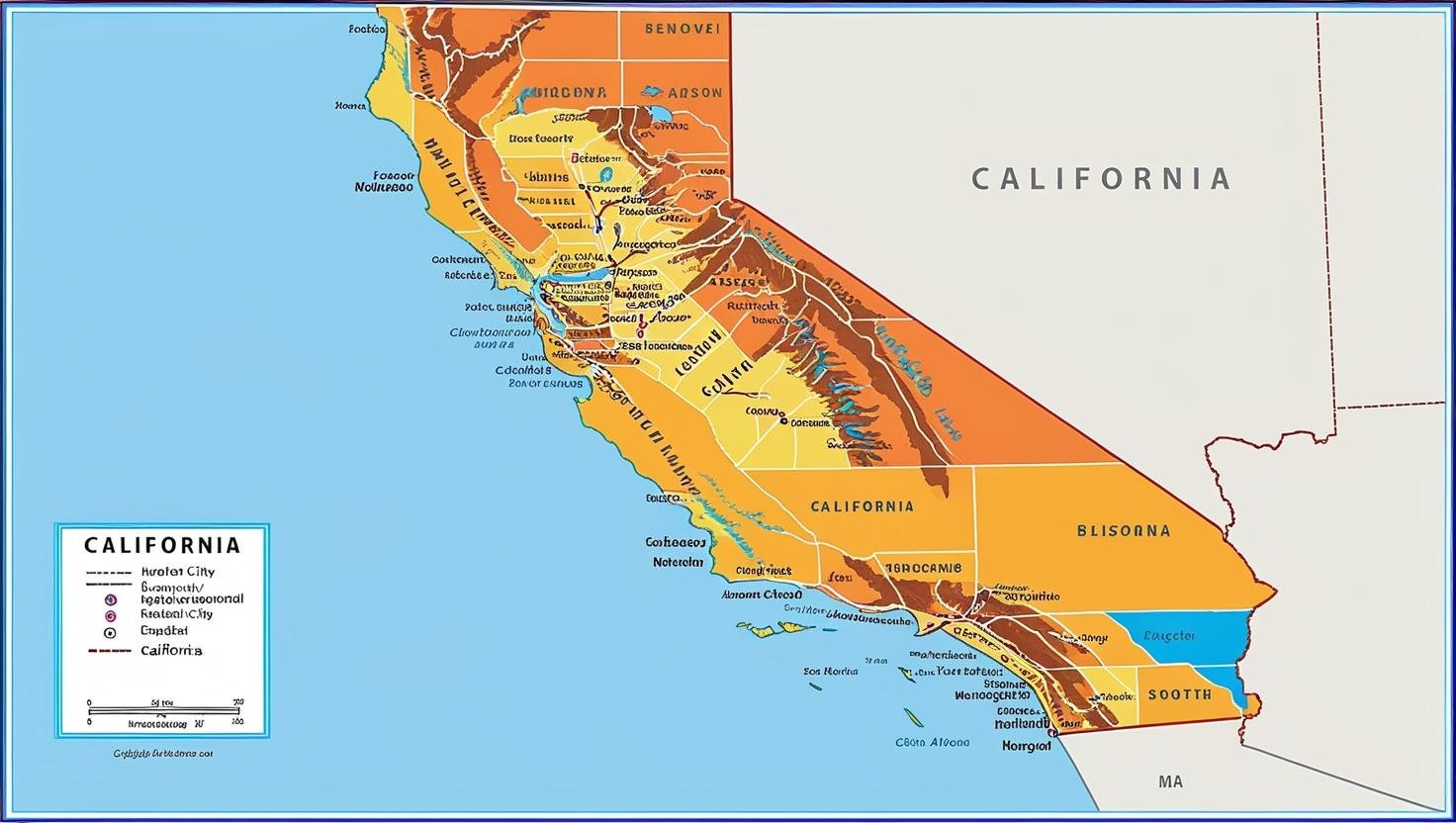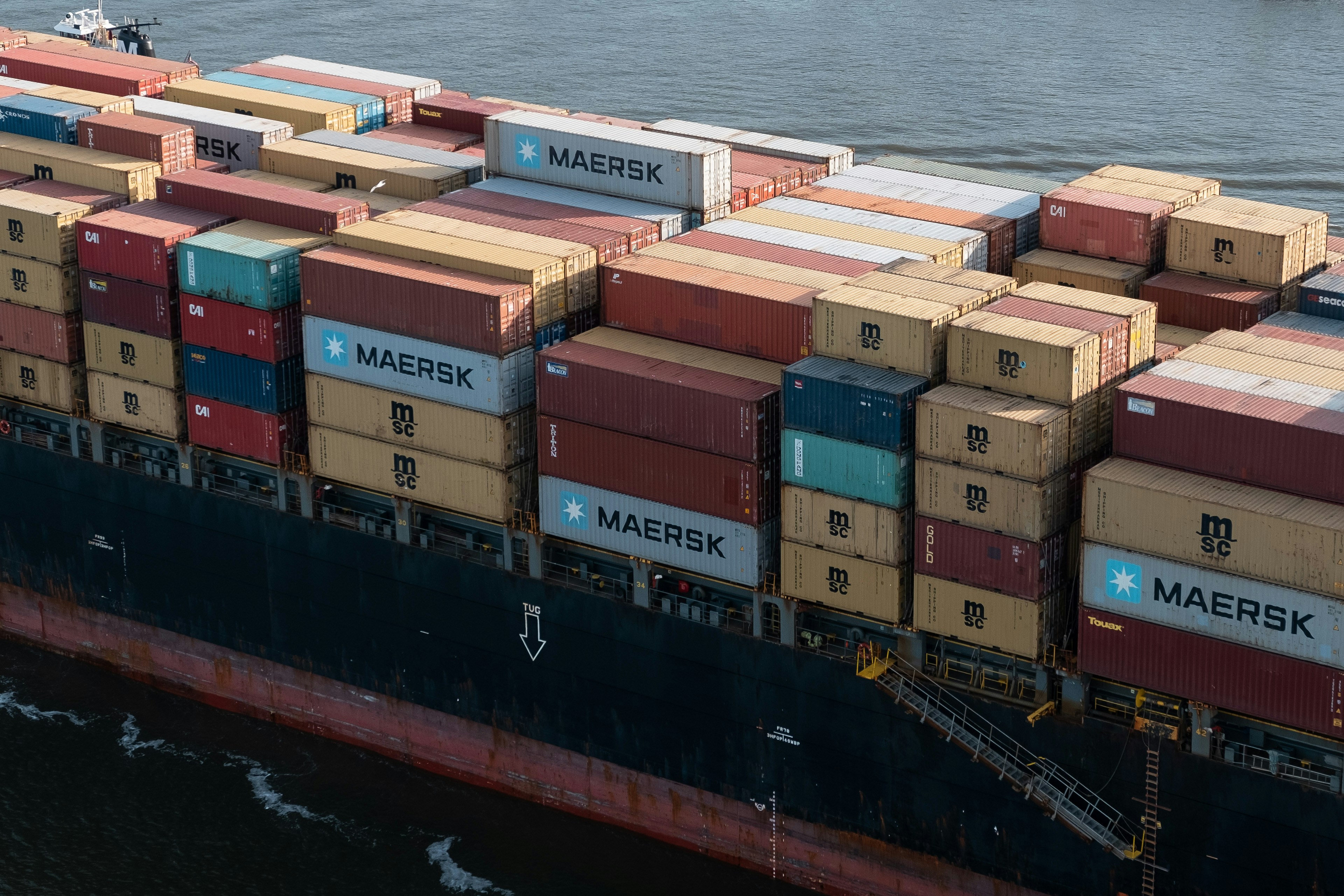Introduction
The world of international trade and logistics is constantly evolving, with advancements in technology revolutionizing the way business is conducted. One significant development in recent years is the emergence of the electronic bill of lading (eBL) as a potential game-changer in the ocean freight industry. This article explores the concept of eBL and its potential to transform the future of ocean freight.
Understanding the Bill of Lading
The bill of lading (B/L) is a crucial document in international shipping, serving as evidence of the contract of carriage between the shipper and the carrier. Traditionally, the B/L has been a paper-based document, exchanged physically between parties involved in the shipment. However, the rise of digital technologies has paved the way for the development of electronic alternatives.
What is an Electronic Bill of Lading?
An electronic bill of lading, or eBL, is a digital representation of the traditional paper-based B/L. It contains all the relevant information about the shipment, including details about the cargo, its origin, destination, and the terms of carriage. Unlike its paper counterpart, the eBL is created, signed, and transmitted electronically, eliminating the need for physical documentation.
The Benefits of Electronic Bill of Lading
1. Enhanced Efficiency: The adoption of eBL can significantly streamline the documentation process, reducing the time and effort required for manual handling, processing, and storage of paper documents. This efficiency translates into faster document turnaround times and improved overall supply chain efficiency.
2. Cost Savings: By eliminating the need for physical document transportation, storage, and handling, eBL can lead to substantial cost savings for all parties involved in the shipping process.
3. Improved Security: eBL solutions often incorporate advanced security features, such as encryption and digital signatures, ensuring the integrity and authenticity of the document. This reduces the risk of fraud and unauthorized modifications, enhancing the overall security of the shipment.
4. Real-Time Tracking: Electronic documentation enables real-time tracking and visibility of the cargo throughout its journey, providing stakeholders with up-to-date information on the status and location of the shipment.
5. Environmental Sustainability: The adoption of eBL contributes to sustainability efforts by reducing paper consumption and the carbon footprint associated with physical document transportation.
Challenges and Adoption Barriers
While the benefits of eBL are compelling, widespread adoption still faces several challenges:
1. Legal and Regulatory Framework: The legal recognition and acceptance of eBL vary across jurisdictions, creating a complex landscape for international trade. Harmonization of laws and regulations is essential to facilitate global adoption.
2. Technological Infrastructure: The successful implementation of eBL requires robust digital infrastructure and interoperability between different systems and platforms. Developing countries may face challenges in meeting these technological requirements.
3. Industry Collaboration: Widespread adoption of eBL necessitates collaboration among all stakeholders, including shippers, carriers, freight forwarders, and banks. Cooperation and standardization efforts are crucial to overcome resistance to change and achieve industry-wide acceptance.
The Future of Ocean Freight
While the transition from paper-based B/L to eBL may take time, the momentum is building, and the future of ocean freight is undoubtedly digital. The benefits of eBL, such as increased efficiency, reduced costs, and improved security, make it an attractive proposition for the industry.
As technology continues to advance and regulatory frameworks evolve, the adoption of eBL is expected to accelerate. Industry players who embrace this transformation early on will gain a competitive edge, positioning themselves as leaders in the digital era of ocean freight.
Conclusion
The electronic bill of lading holds immense potential to reshape the future of ocean freight. Its numerous benefits, including efficiency gains, cost savings, improved security, real-time tracking, and environmental sustainability, make it a compelling alternative to traditional paper-based documentation. While challenges remain, industry collaboration and technological advancements will drive the widespread adoption of eBL, propelling the ocean freight industry into a digital future.



